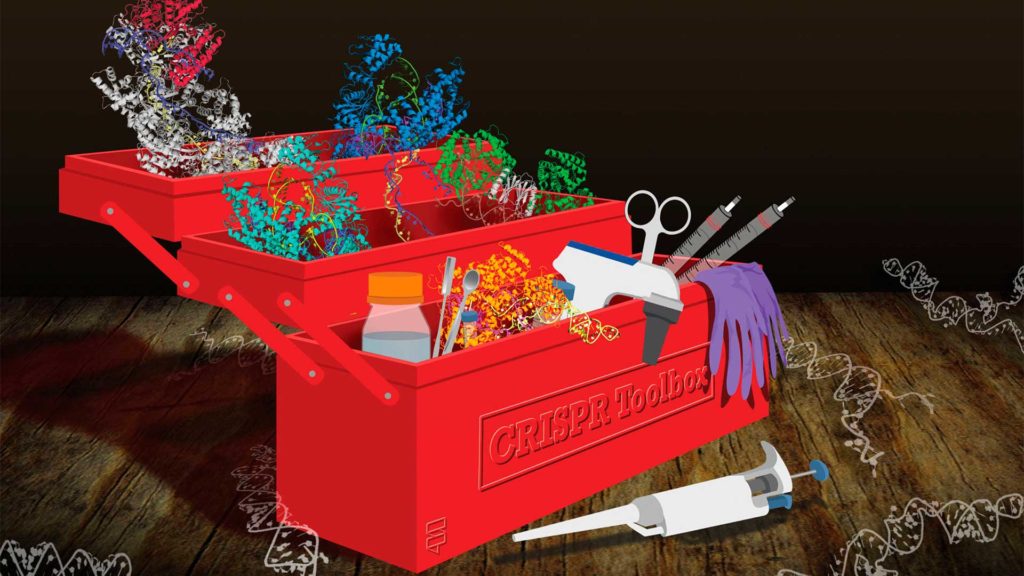ECOtwins Second Annual Meeting
26/07/2024
The UNESCO Chair in Life Cycle and Climate Change at ESCI-UPF participated in the second annual meeting of the ECOtwins project, held at the University of Copenhagen on July 18th and 19th.
Interview to Cédric Notredame

Cédric Notredame is the lecturer of Algorithms for Sequence Analysis in Bioinformatics of BDBI. He also coordinates the internship program of this bachelor’s degree.
What is your current position?
I am a senior principal investigator in genomics and bioinformatics at the Centro de Regulación Genómica (CRG), where I direct a group of about ten people. The group is very international – right now, we have people from 5 different countries. The group features PhD students, interns, post-docs, technicians. We all work together at addressing scientific questions and publishing our findings in research journals.
What is your background?
I am a molecular biologist and geneticist by training. At the beginning of my PhD, I decided to work on biology’s computational aspects and developed an interest in algorithmic developments. I did my PhD at the EMBL-EBI, which is the European Bioinformatics Institute, near Cambridge, in the UK. Back in 1998, this was a relatively small place with about 30 people, but it is now a rather large campus with over 300 people. It has become one of the largest bioinformatics centers in the world.
What is the nature of your work? What is it useful for?
My work involves developing algorithms to compare biological sequences, genomes or proteins. We do this by taking into account their evolution. These methods, named multiple sequence alignments, are some of the most widely used in biology, as they allow us to reconstruct the relationship between animal species, viruses or bacteria. For instance, these methods are essential to understand the dynamics of the COVID19 pandemic, when the new mutations occur and how they spread, etc. These methods are also essential to understand which species the virus came from and how to protect ourselves in the future. Another important application is the prediction of protein structures. You may have heard about new deep learning algorithms like AlphaFold2 that have revolutionized the field recently. The cool thing for me is that these methods rely on multiple sequence alignments.
What is your favorite recent scientific discovery?
I got very excited about the CRISPR Nobel prize given to Emmanuelle Charpentier and Jenifer Doudna. I believe it may be one of the most important discoveries in our lifetime, and it is nice to see the work of two very talented ladies recognized. It is a clear statement that women who reach the top levels are now unambiguously recognized for their value. It is nice to see a single Nobel prize packing in so many good things.
CRISPR is a new technique that makes it possible to edit any genome very accurately. With CRISP-R, we will soon be able to cure terrible hereditary diseases, but even some type of cancer, by correcting the wrong mutations an individual has acquired from their parents or developed later. These corrections can be done in such a way that they will not pass to the next generation. It is nice because it carries little ethical implications and makes CRISPR the equivalent of any drug treatment, just more powerful. Of course, some people are worried we could also use CRISPR to change the genome we pass to our children and they are right. But this should not scare us: important discoveries always bring benefits and risks, and these are often proportional, think X-ray treatments for cancer and the atomic bomb, both connected to Marie Curie’s basic discoveries on radioactive elements. This dilemma is something society must take care of, and it is why science and democracy must go hand in hand.
The other reason why I love CRISPR is that the person who discovered it, Francisco Mojica – a Spanish scientist at Alicante university – did so using bioinformatics. With the help of tools similar to the ones we develop, he compared bacterial genomes and discovered segments repeated in a very special way, which he speculated to be part of some bacterial immune system. He was right. As a bioinformatician, I find it very exciting that one of the most crucial tools of modern biology started with a bioinformatician’s curiosity. I also love the fact that if you look at the big picture, from Mojica’s discovery up to its repurposing by Charpentier and Doudna, you embrace a considerable slice of biology that spans about everything we know or can do in the field. This is very motivating. It tells me that the big scientific network in which we evolve has the capacity to valorize any useful discovery. It is cooperation at its best.
26/07/2024
The UNESCO Chair in Life Cycle and Climate Change at ESCI-UPF participated in the second annual meeting of the ECOtwins project, held at the University of Copenhagen on July 18th and 19th.
22/07/2024
Cristina Campos, investigadora de la Cátedra UNESCO de Ciclo de Vida y Cambio Climático de ESCI-UPF, ha participado en los cursos de verano de la Universidad de Cantabria (UC) en una ponencia en la que abordó el turismo rural desde una perspectiva ambiental y presentó el proyecto GREENTOUR.
13/06/2024
The UNESCO Chair in Life Cycle and Climate Change at ESCI-UPF joins forces with the Catalan Institute of Health and ISGlobal on the CATALYSE Project to help mitigate the effects of climate change at the Catalan Health System.
Leave a message